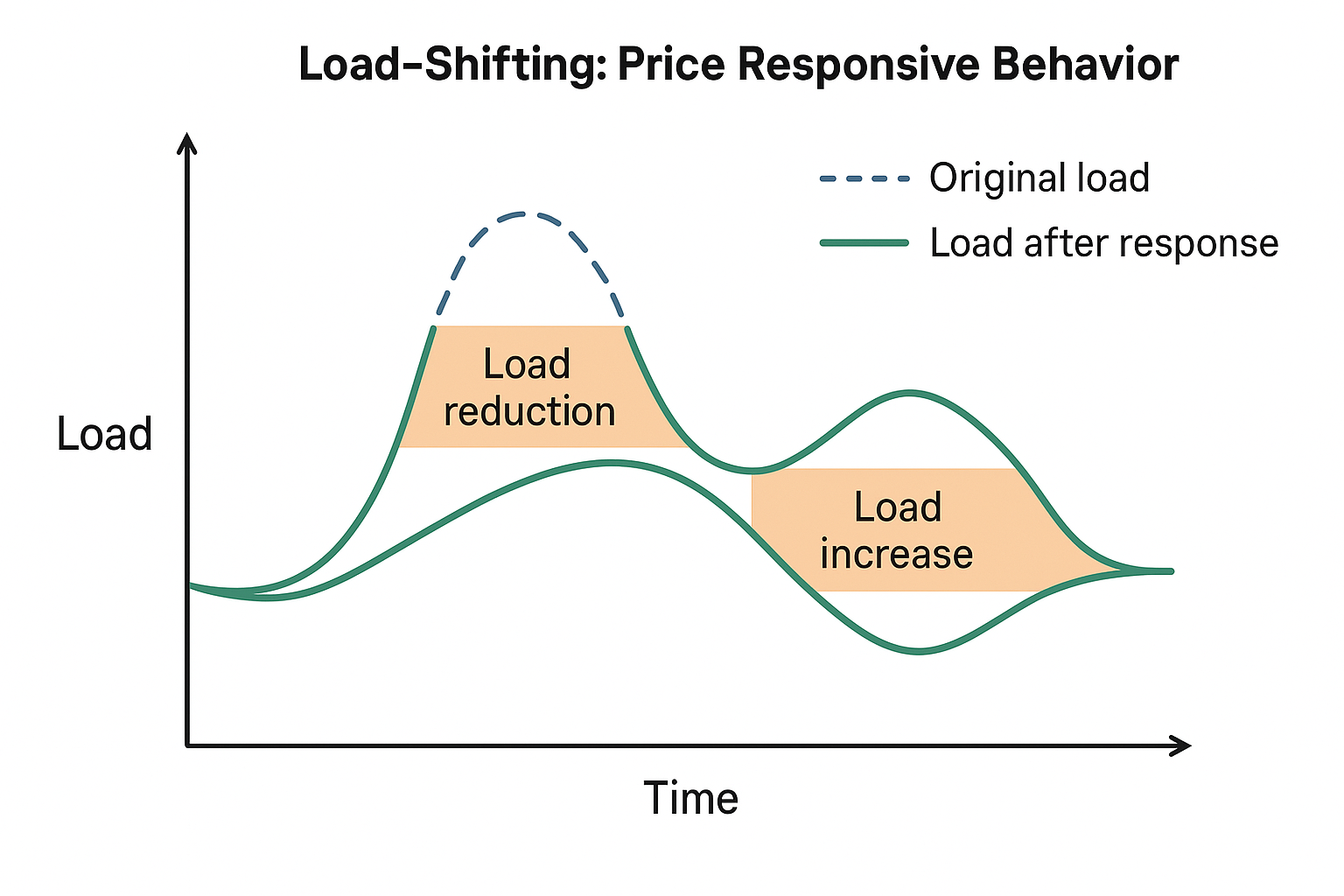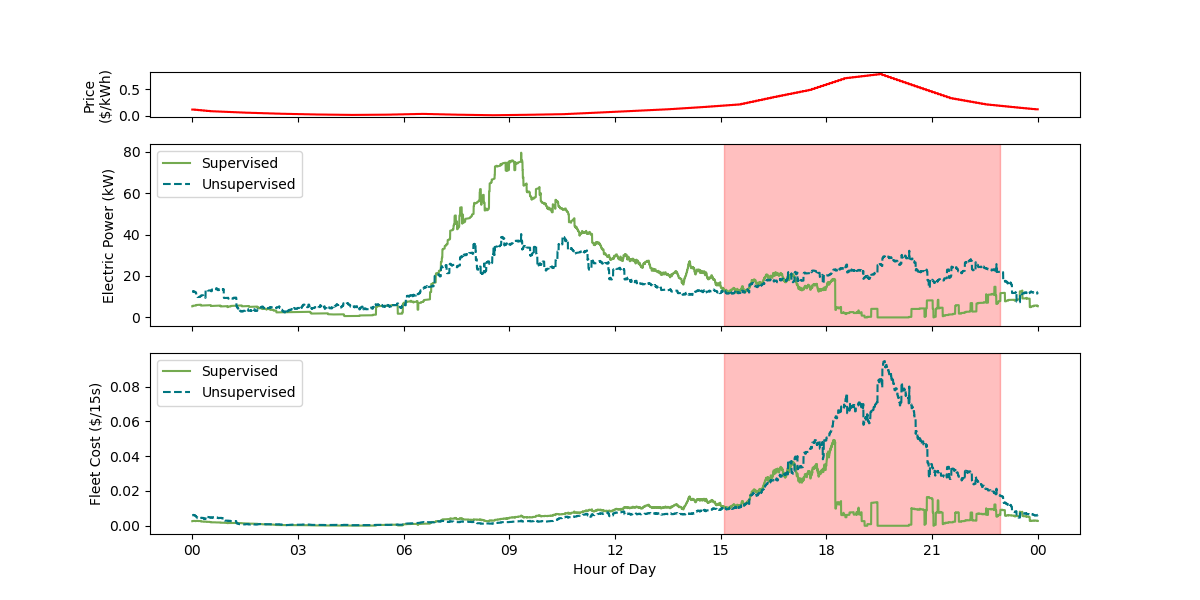At Wattnest, our proprietary load-shifting algorithms represent the core of our energy optimization technology. These sophisticated mathematical models analyze patterns, predict usage, and automatically adjust energy consumption to maximize efficiency and reduce costs.
How Load-Shifting Works
Load-shifting is a demand-side management technique that moves energy consumption from high-price periods to low-price periods. Our algorithms achieve this by:
- Monitoring real-time electricity prices
- Predicting household hot water usage patterns
- Pre-heating water during off-peak hours
- Minimizing heating during peak periods
Technical Implementation
Our load-shifting system is implemented through a combination of edge computing and cloud-based processing:
- Edge devices collect and process real-time data from water heaters
- Cloud-based machine learning models analyze historical usage patterns
- Predictive algorithms forecast both energy prices and hot water demand
- Optimization engines calculate the most efficient heating schedule
- Secure communication channels deliver control signals to water heaters
Machine Learning Components
Our algorithms leverage several machine learning techniques:
- Recurrent Neural Networks (RNNs) for time-series prediction
- Reinforcement Learning for optimization in dynamic environments
- Bayesian methods for uncertainty quantification
- Ensemble models for robust predictions
Results and Benefits
Our load-shifting algorithms deliver measurable benefits:
- 15-25% reduction in water heating costs
- Minimal to no impact on hot water availability
- Reduced carbon footprint through optimal energy usage
- Contribution to grid stability during peak demand
Future Developments
We continue to enhance our algorithms with:
- Integration with home energy management systems
- Multi-device optimization across all household appliances
- Advanced user preference learning
- Peer-to-peer energy trading capabilities


